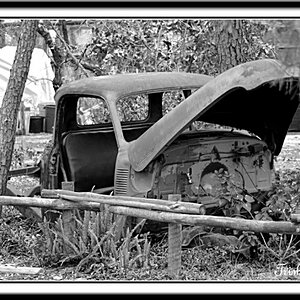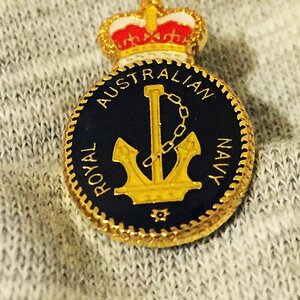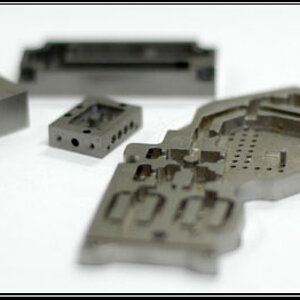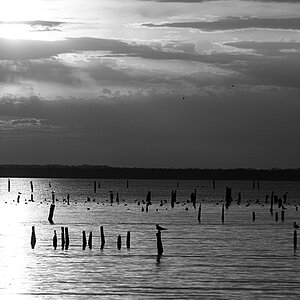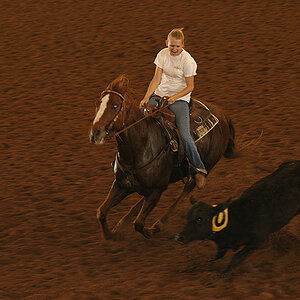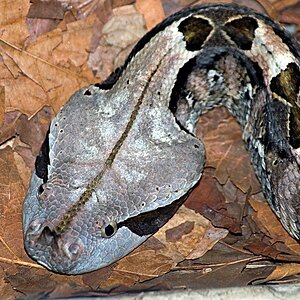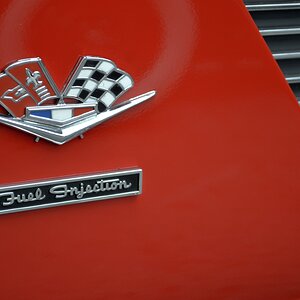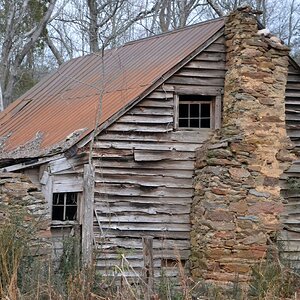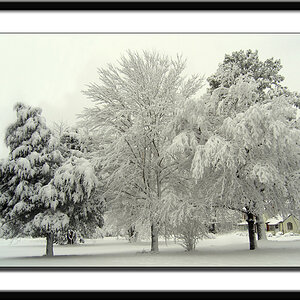martintreacy
TPF Noob!
Hi,
I would really appreciate some advice. I'm making a catalogue for my parents, and I cannot produce good enough quality photographs.
Here is an example.
Here is an image from the manufacturers catalogue, this would be the level I want to achieve:

Here is my best effort after photo shop.
The only thing I have done is make brigter.

Here is the orginal before post production:

Camera: Canon EIS 40D, Lens: EF-S 17- 85mm
- I have a "light box" which i place the product in
- I set the white balance to custom, using a the white sheet.
- I set the aperture to as small as possible to increase the focus depth (so the front and the back of the eye wear frames are in focus)
- I leave the exposure set to auto.
- No flash.
Problems:
- In photoshop, when i lighten the images, you will notice that the detail of the bridge pieces (what sit against your nose) are lost.
- Also when shooting rimless frames, the edges of the lenses disappear when the photo is lightened up.
Is there any way to get the white background to be white, so I dont need to lighten using photoshop? or any other advice?
Thanks!
I would really appreciate some advice. I'm making a catalogue for my parents, and I cannot produce good enough quality photographs.
Here is an example.
Here is an image from the manufacturers catalogue, this would be the level I want to achieve:

Here is my best effort after photo shop.
The only thing I have done is make brigter.

Here is the orginal before post production:
Camera: Canon EIS 40D, Lens: EF-S 17- 85mm
- I have a "light box" which i place the product in
- I set the white balance to custom, using a the white sheet.
- I set the aperture to as small as possible to increase the focus depth (so the front and the back of the eye wear frames are in focus)
- I leave the exposure set to auto.
- No flash.
Problems:
- In photoshop, when i lighten the images, you will notice that the detail of the bridge pieces (what sit against your nose) are lost.
- Also when shooting rimless frames, the edges of the lenses disappear when the photo is lightened up.
Is there any way to get the white background to be white, so I dont need to lighten using photoshop? or any other advice?
Thanks!



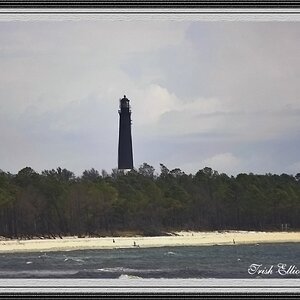
![[No title]](/data/xfmg/thumbnail/33/33496-cbbeddf3051451b7c3d3db2cd5ed1dc0.jpg?1619736004)
